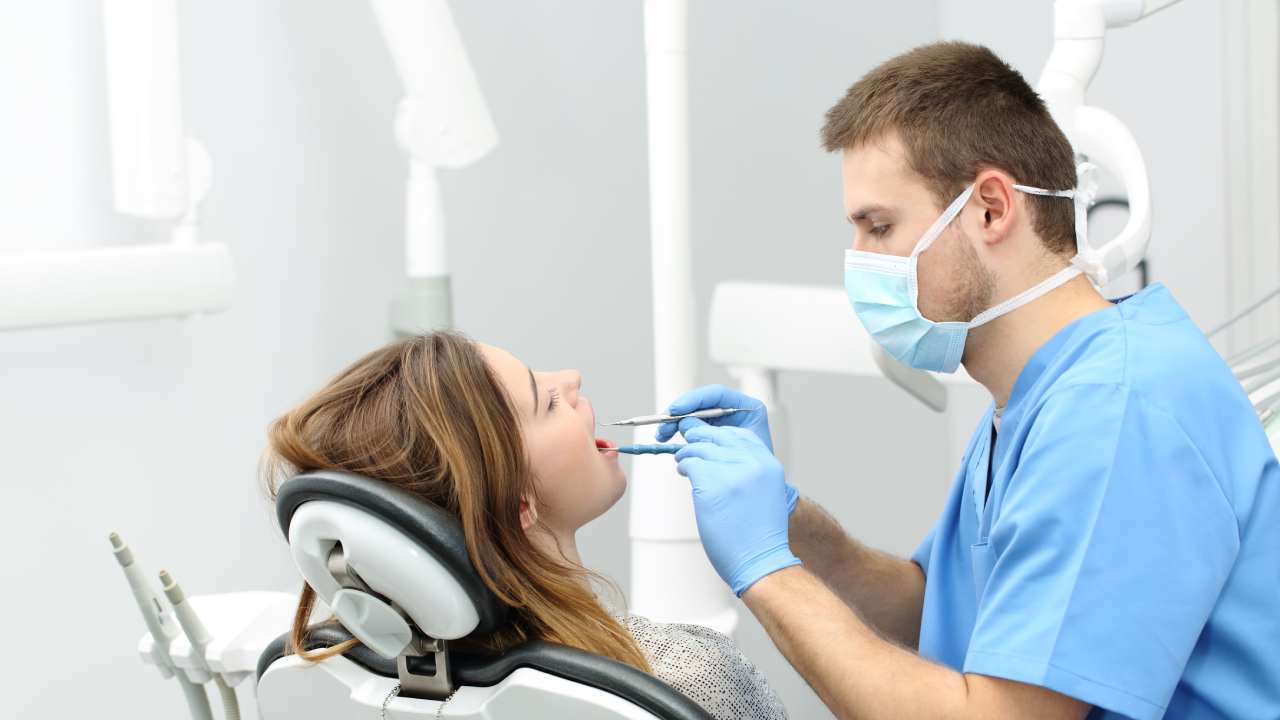Why do dentists in Australia examine your teeth and voice a string of numbers? It’s a common question that patients still don’t understand why they do it, or you may not have attempted to disclose the question to them.
If you’re curious about teeth numbers in Australia, we explain what you’re likely to hear regarding teeth numbers in Australia.
Teeth Numbers
Dentists use a numbering system to determine the number of teeth present inside your mouth. You may notice the dentist doing this at a check-up and clean.
To break this down, a number is used to denote a specific tooth. These are numbered according to the internationally designed two-digit FDI (Federation Dentaire Internationale) numbering system that is used by dentists, not just in Australia.
Every tooth has a two-digit number assigned to it. The numbers are split into four quadrants: top right, top left, bottom left and bottom right.
Did you also know sets of teeth have their definition? Each definition has a specific number assigned to it:
- Central Incisor – the upper and lower teeth at the front of the mouth
- Lateral Incisor – the two teeth placed to the right and left sides of the central incisors (the front teeth)
- Canine – the sharp teeth next to the lateral incisors
- Molars – split into first, second and third molars (or the wisdom tooth). These are situated at the back of the mouth, typically as the biting point for our food.
So, the double-digit numbers are used to identify each of the teeth in your mouth. The central incisors are the 11th tooth (or one-one) and the wisdom tooth as 38 (or three-right).
Why Does The Dentist Use Teeth Numbers Australia?
The dentist uses these numbers to determine which teeth are present and which are not and reference those that are impacted in any way. The dentist will likely perform this count during your initial examination at a check-up.
The dentist will then determine which needs further treatment for these numbers, such as fillings or a crown.
Here is an example of the dentist putting these numbers into a sentence:
- There is a cavity forming on one-five, and numbers one-one to one-four are damaged, possibly through teeth grinding
The dentist, or their assistant, will place the results of your check-up on your patient record, and the numbers are used to identify the specific teeth.
What About Kids’ Teeth?
Kids and adult teeth have different sets of numbers. There are five baby teeth per quadrant, and the baby teeth begin at 55 (or five-five) to 85 (or eight-five).
For example, five-five in the upper right first molar for a child, with five-one and six-one being the upper front teeth and the seven-one and eighty-one being the bottom two front teeth (all central incisors).
If you’ve any questions about teeth numbers in Australia, then make sure you contact our Woden dental centre to get the best advice!


